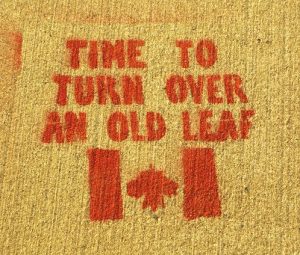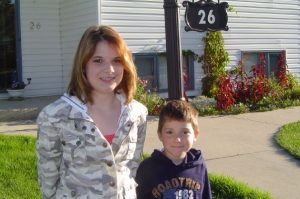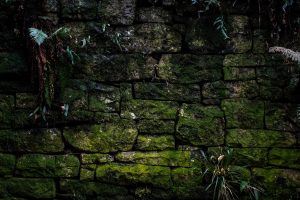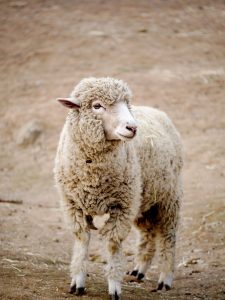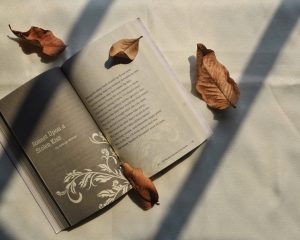Throughout Thomas King’s Green Grass Running Water, the narrative is brought back to discussions of “the beginning”, “creation” and “where it all started”. The addressing of the Creation story becomes an important aspect of King’s narrative, and the intertwining of both biblical and first nations narratives as seen throughout the novel.
The Creation story that I grew up with, is the one that can be found in Genesis 1, with the classic verse, “In the beginning” (New International Version, Genesis 1). Obviously King borrows from this creation story as he creates his own in the novel. Similar themes of water, a man and a woman, and even a version of the Christian God appears. The differences lie in the way King subverts each of these characters and events. For example, Ahdamn, a play on words and a stand in for the biblical Adam, tries to name the animals around him, but fails miserably, and refuses to listen as the animals tell him their name. To me this suggests that King is making a comment on the authoritative nature that Adam is given in the bible over the earth and the animals. The phrase dominion, or reign, or rule can be found in different translations of the bible, which come from God stating that man will rule above the animals of the earth and sea. Now, as with anything, and as seen in King’s novel, stories can become confused and misunderstood when we don’t have full understanding of them. In my own personal understanding, this phrasing is meant to indicate the natural hierarchy and order that is seen throughout nature, and not an indication that man should be able to do as they please because of their “authority”. Another major difference is the First Woman appears to hold greater authority over Ahdamn, and even God, with Old Coyote, being the figure who holds the most respect and power.
I have always found it interesting that many creation stories across different cultures and religions, have shared themes. In researching more about Thomas King, I learned that he identifies as Cherokee. The Cherokee creation story also shares similarity to the Christian creation story, as well as the one in King’s novel. Water plays a large role in both the novel, and in the Cherokee story. According to the writings that I have found, the Cherokee story states that everything began with water, and everything will end with water, which is a direct correlation to what we see happen in King’s novel.
It is my assertion that the blending of these creation stories is King’s way of challenging the concept of there being one “true” story. A lot of the novel is left up to interpretation, allowing readers space to create meaning based on their own cultural experiences. I found it enjoyable to read King’s interpretations of the creation stories, as it caused me to evaluate my own understanding in comparison to the stories others have heard in their own lives.
Works Cited
Judson, Katherine B. “Myths and Legends of the Great Plains”, Lumen.
Holy Bible, New International Version. Bible Gateway. Biblica Inc. 2011
King, Thomas. Green Grass Running Water. Harper Perennial. 2007.
